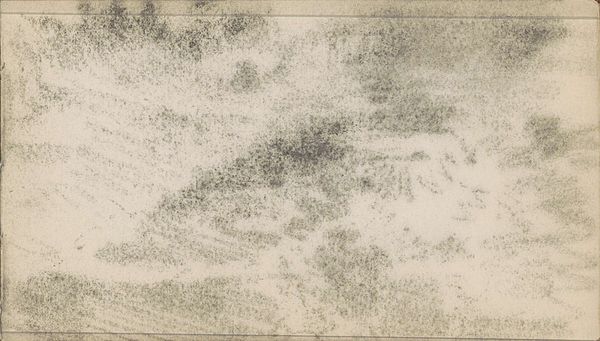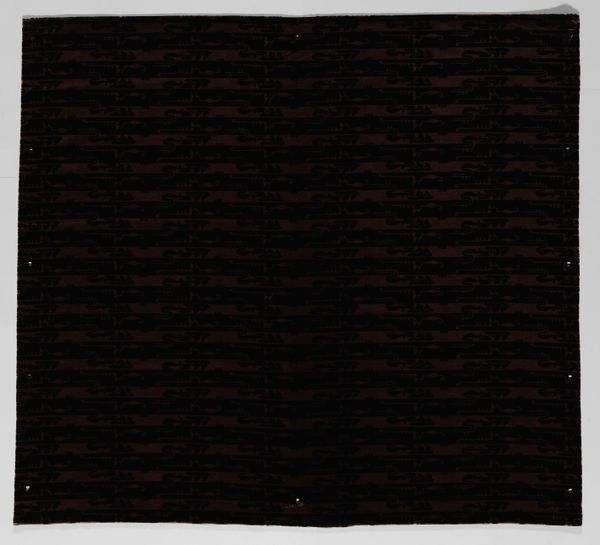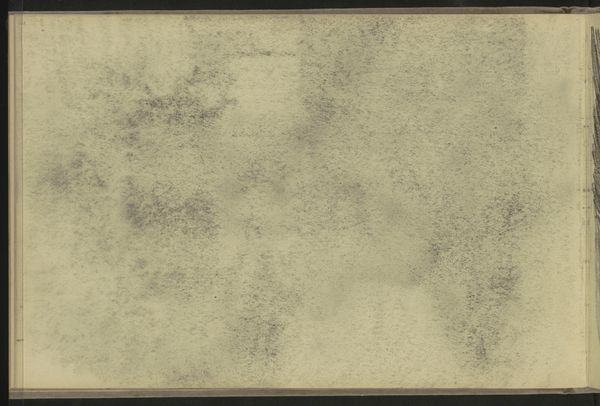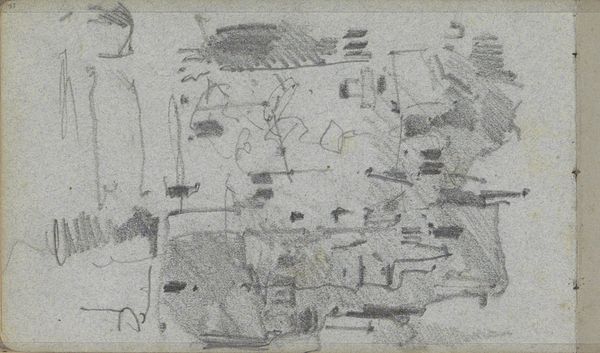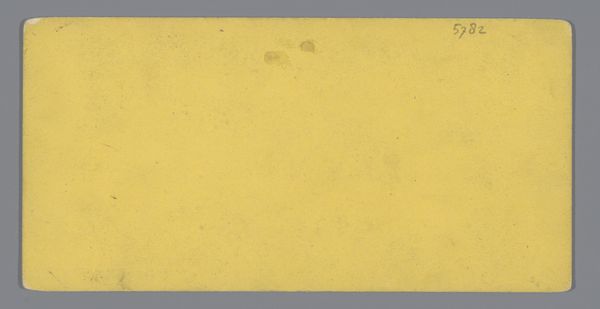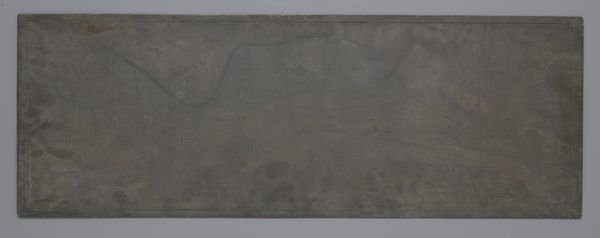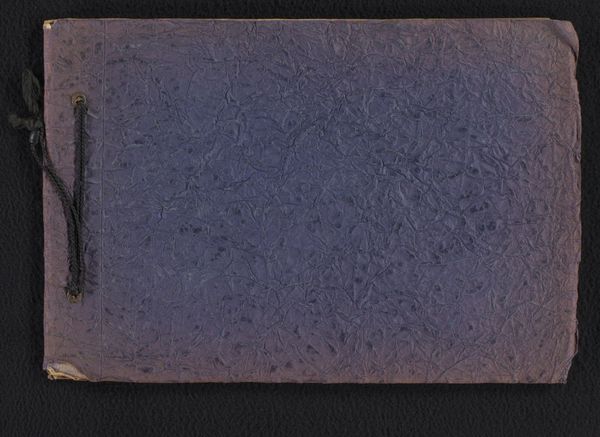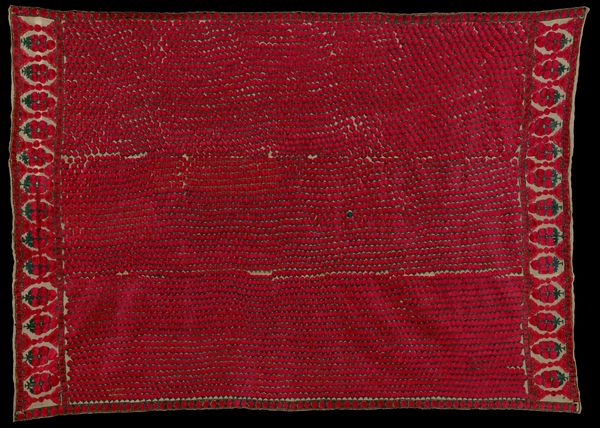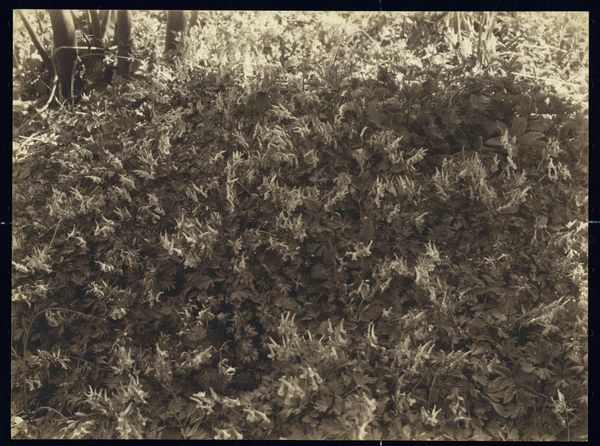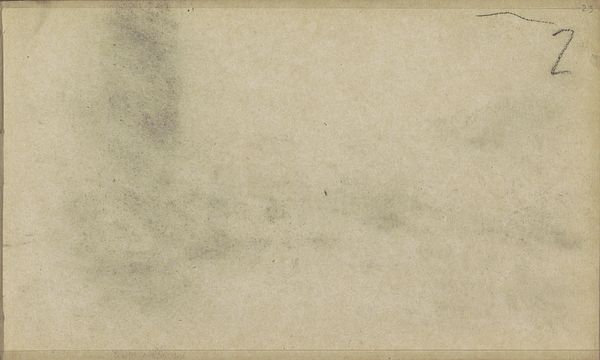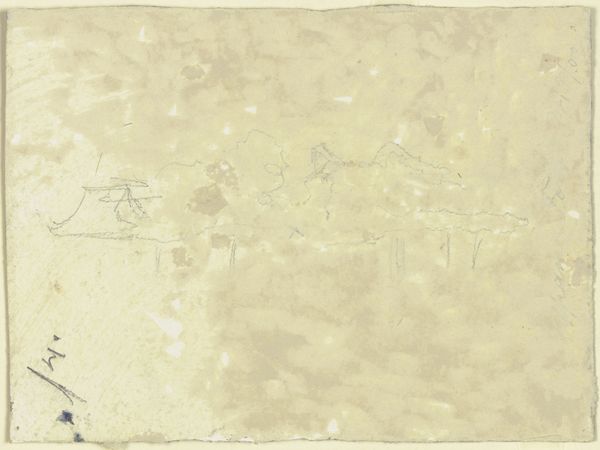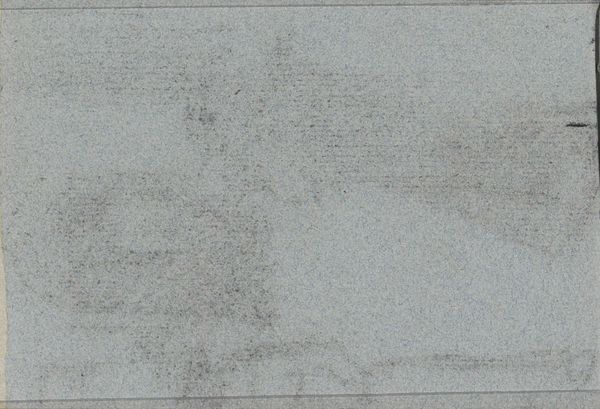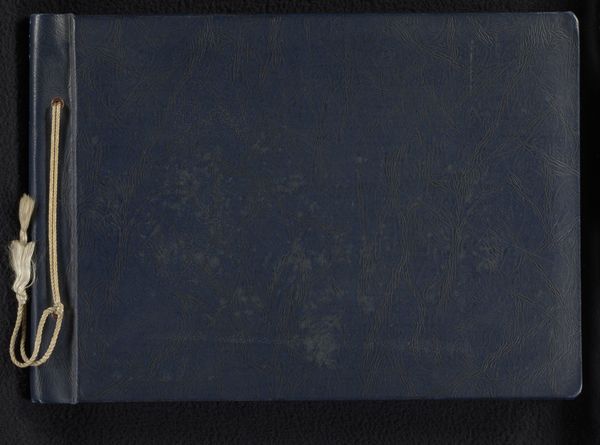
fibre-art, weaving, textile
#
fibre-art
#
textured
#
weaving
#
textile
#
geometric
#
indigenous-americas
Dimensions: 184.2 × 223.5 cm (72 1/2 × 88 in.)
Copyright: Public Domain
Curator: Standing before us is the intriguing “Poncho” of Chuquibamba, woven possibly between 1476 and 1532, and housed right here at the Art Institute of Chicago. It’s predominantly wool. Editor: My first impression? It feels like staring into a well-worn dream. The repetitive patterns are almost hypnotic, yet the condition reveals a fragmented history. It feels profoundly old. Curator: Exactly! The geometric pattern is key here. Think of it not just as decoration, but as a symbolic language. Each motif, each repetition, could represent cosmological beliefs, social structures, or even lineage. Its medieval feel connects deeply to a specific worldview. Editor: It makes you wonder what stories it could tell. I’m drawn to how the condition, those faded patches, add layers. They become part of the narrative. The fiber itself speaks of use, of rituals. It stops just being an object; it breathes with the people who wore it. Curator: Precisely. And considering it's wool, woven with such precision, the labour involved must have been immense. It would have signified status, power... Imagine the artisan, imbued the poncho with meaning with every thread. It wasn’t mere clothing; it was a mobile tapestry, a statement. Editor: Thinking of tapestries and of pattern and decoration, I almost imagine its makers delighting in the process and the end product. How freeing to weave worlds without needing to mirror them too closely... like letting the cosmos unravel into your fingers, or reassembling itself. It gives me a visceral feeling, far from textbook theories. Curator: I agree completely. Seeing it, discussing it - you grasp it embodies culture, and artistic intent. But also, it transcends mere functionality. Editor: Absolutely! And these "imperfections," which paradoxically deepen the meaning – let the damaged area stand as testament to how time embraces art... And vice-versa, eh?
Comments
No comments
Be the first to comment and join the conversation on the ultimate creative platform.
